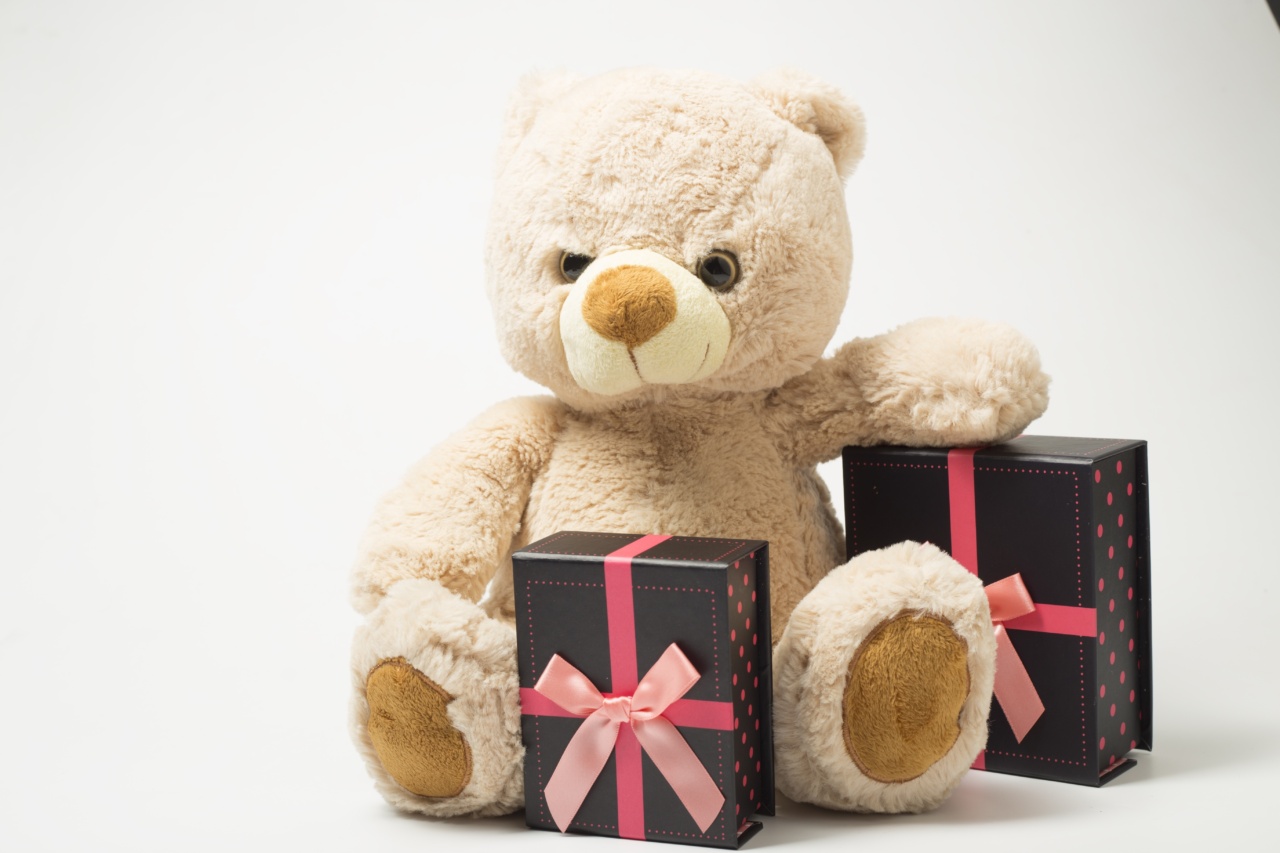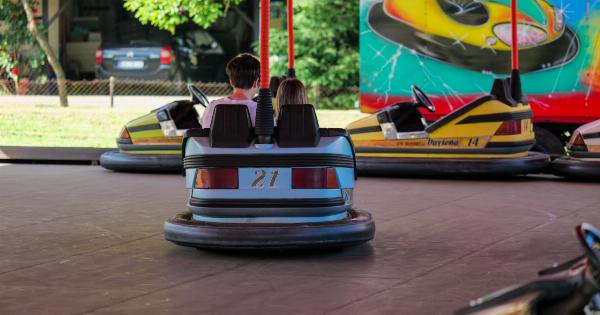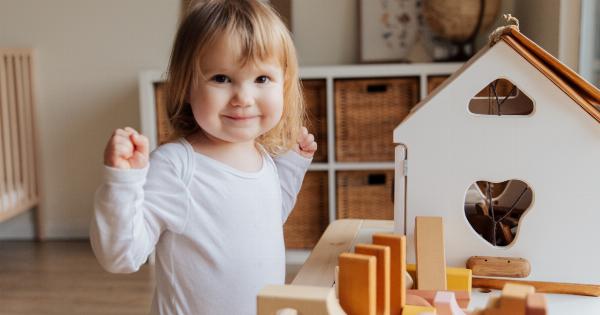When it comes to young children, the joy of receiving gifts is undeniable. However, parents and experts alike often find themselves in a dilemma when selecting presents for kids.
More often than not, gifts that are meant to bring happiness and entertainment end up broken or forgotten within a short period of time. In a world dominated by disposable toys and low-quality products, many experts warn that numerous gifts don’t last long when young children are around.
The Dilemma of Choosing Gifts
Parents face the challenging task of selecting appropriate and durable gifts for their young children. While exciting and flashy toys catch a child’s attention, they often lack the longevity required for a lasting playtime experience.
Many toys and gadgets available in the market today are made from flimsy materials that break easily or lose their appeal quickly.
Children, especially those in the early developmental stages, are known for their curiosity and eagerness to explore. As a result, they tend to handle toys and gifts with less caution and gentleness.
In such circumstances, it becomes crucial to choose presents that can withstand rigorous play and engage children for a substantial period of time.
Durability in the Context of Gifts
The concept of durability in the context of children’s gifts goes beyond the physical strength and robustness of the item.
Although sturdiness and resistance to wear and tear are important factors, it is equally essential to consider the gift’s ability to sustain a child’s interest and engagement. A durable gift provides lasting value and satisfaction, ensuring the child continues to derive enjoyment from it over an extended period.
A gift that quickly loses its novelty or appeal may result in disappointment and disinterest.
This not only undermines the monetary value of the gift but also fails to provide the intended benefits in terms of entertainment, educational value, and skill development.
The Impact of Disposable Toys
In recent years, there has been a sharp rise in the production and consumption of disposable toys. These are toys that are designed to be used for a short time before being discarded or forgotten.
They are often made from cheap materials that are not built to withstand rough play or prolonged use. The phenomenon of disposable toys not only contributes to environmental issues but also has a negative impact on the overall play experience for children.
Disposable toys fail to foster creativity, imagination, and problem-solving skills, which are essential for a child’s development. Children tend to lose interest in such toys quickly, leading to more waste and disappointment.
As society becomes more conscious of the environmental impact of disposable items, parents and experts are increasingly seeking alternatives that are more sustainable and engaging.
Choosing Durable Gifts
When selecting gifts for young children, it is important to consider factors that contribute to their durability. By following some key guidelines, it is possible to choose presents that will engage children for an extended period:.
1. Quality Materials
Opt for gifts made from high-quality materials that are known for their durability and strength. Look for toys made from wood, sturdy plastic, or metal, as these materials are more likely to withstand rough handling.
2. Age-Appropriate Toys
Choose toys that are suitable for the child’s age and developmental stage. Age-appropriate toys ensure that the child can safely interact with the gift and enjoy it without frustration or danger.
3. Versatility
Look for gifts that offer versatility and multiple play options. Toys that can be used in different ways or have various features tend to hold the child’s interest for a longer time and accommodate their evolving interests and abilities.
4. Educational Value
Consider presents that have educational value and can contribute to a child’s learning and development.
These gifts not only engage children but also provide opportunities for exploring new concepts, fostering creativity, and enhancing cognitive skills.
5. Personalization
Personalized gifts can have a significant impact on the child’s attachment and engagement.
Items with the child’s name, pictures, or other personalized elements create a sense of ownership and emotional connection, making the gift more cherished and likely to be used for an extended period.
6. Classic Toys
Classic toys have stood the test of time for a reason. Consider traditional toys that have been enjoyed for generations, as they often offer enduring appeal and play value. Examples include building blocks, puzzles, and dolls.
Benefits of Durable Gifts
The benefits of choosing durable gifts for young children extend beyond the immediate satisfaction of a well-received present. Such gifts provide numerous advantages that positively impact a child’s development:.
1. Extended Entertainment
Durable gifts offer prolonged entertainment and engagement, ensuring that children can make the most out of the gift’s potential. This leads to hours of play and exploration, promoting creativity, imagination, and problem-solving skills.
2. Environmental Responsibility
By choosing durable gifts made from sustainable materials, parents can instill a sense of environmental responsibility in their children from an early age.
Teaching kids the importance of minimizing waste and taking care of their belongings has long-lasting implications for their behavior as they grow older.
3. Value for Money
Investing in durable gifts may initially seem more expensive, but in the long run, it proves to be more cost-effective.
By avoiding disposable toys that are quickly discarded, parents can save money by providing toys that will entertain their child for an extended period.
4. Skill Development
Durable gifts often allow children to hone their motor skills, spatial awareness, and problem-solving abilities.
By engaging with toys that sustain their interest over time, children have the opportunity to develop and refine various skills that are important for their overall growth and development.
Conclusion
Choosing gifts for young children that will stand the test of time can be a challenge in today’s world of disposable toys.
However, by prioritizing durability, parents can provide their children with gifts that offer extended entertainment, educational value, and skill development. By considering factors such as quality materials, age-appropriateness, versatility, and personalization, parents can make informed choices and select presents that will both delight and endure.
In doing so, they not only enhance their child’s play experience but also contribute to their long-term development.






























